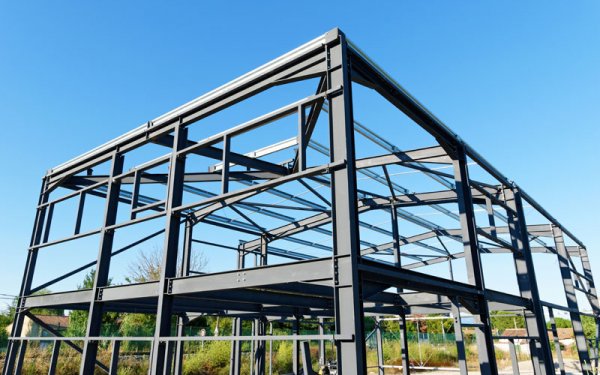
When it comes to modern architecture and construction, innovation plays a key role in shaping the way we design and build our structures. One material that has been gaining popularity in recent years due to its versatility and sustainability is metal framing. From residential homes to commercial buildings, architects and builders are increasingly embracing the use of metal framing to create durable, efficient, and aesthetically pleasing spaces. Let's explore the various benefits and applications of metal framing in architecture.
The Advantages of Metal Framing
Durability and Strength
- Metal framing is known for its superior strength and durability, making it an ideal choice for structures that need to withstand various weather conditions.
- Unlike wood, metal framing is not susceptible to rot, pests, or warping, ensuring the longevity of the building.
Flexibility in Design
- Metal framing allows for greater flexibility in design, as it can be easily customized to create unique and complex shapes.
- Architects can achieve their creative vision more easily with metal framing, whether it's for curved walls, tall ceilings, or intricate facades.
Sustainability
- Metal framing is a sustainable building material, as it can be recycled and reused at the end of its lifespan.
- Using metal framing also reduces waste during the construction process, making it an environmentally friendly choice for builders.
Applications of Metal Framing in Architecture
Residential Construction
- Many homeowners are opting for metal framing in their residential construction projects due to its durability and ease of maintenance.
- Metal framing can also help improve energy efficiency in homes, leading to lower utility bills and a smaller carbon footprint.
Commercial Buildings
- From office buildings to retail spaces, metal framing is becoming a popular choice for commercial construction due to its strength and cost-effectiveness.
- Large commercial structures benefit from the speed of construction that metal framing offers, helping developers meet tight deadlines.
Interior Design Elements
- Metal framing is not limited to the exterior of buildings – it can also be incorporated into interior design elements to add a modern and industrial touch.
- From metal staircases to exposed beams, using metal framing indoors can create a unique and stylish aesthetic.
Challenges and Considerations
Cost
- While metal framing offers many benefits, it can be more expensive upfront compared to traditional materials like wood.
- Builders and architects need to weigh the long-term savings and durability of metal framing against the initial cost.
Thermal Conductivity
- Metal framing has higher thermal conductivity than other materials, which can lead to energy loss if not properly insulated.
- Proper insulation and thermal breaks must be incorporated into the design to ensure energy efficiency and comfort within the building.
Skill and Expertise
- Working with metal framing requires a certain level of skill and expertise, as it is different from working with traditional building materials.
- Builders and contractors need to undergo specialized training to ensure the proper installation and construction of metal framing structures.
Conclusion
Metal framing offers a wide range of benefits for architects, builders, and homeowners looking to create innovative and sustainable structures. Its durability, flexibility in design, and sustainability make it a versatile material that can be used in various architectural applications. While there are challenges to consider, the advantages of metal framing far outweigh the drawbacks, making it a valuable choice for the future of construction and architecture.